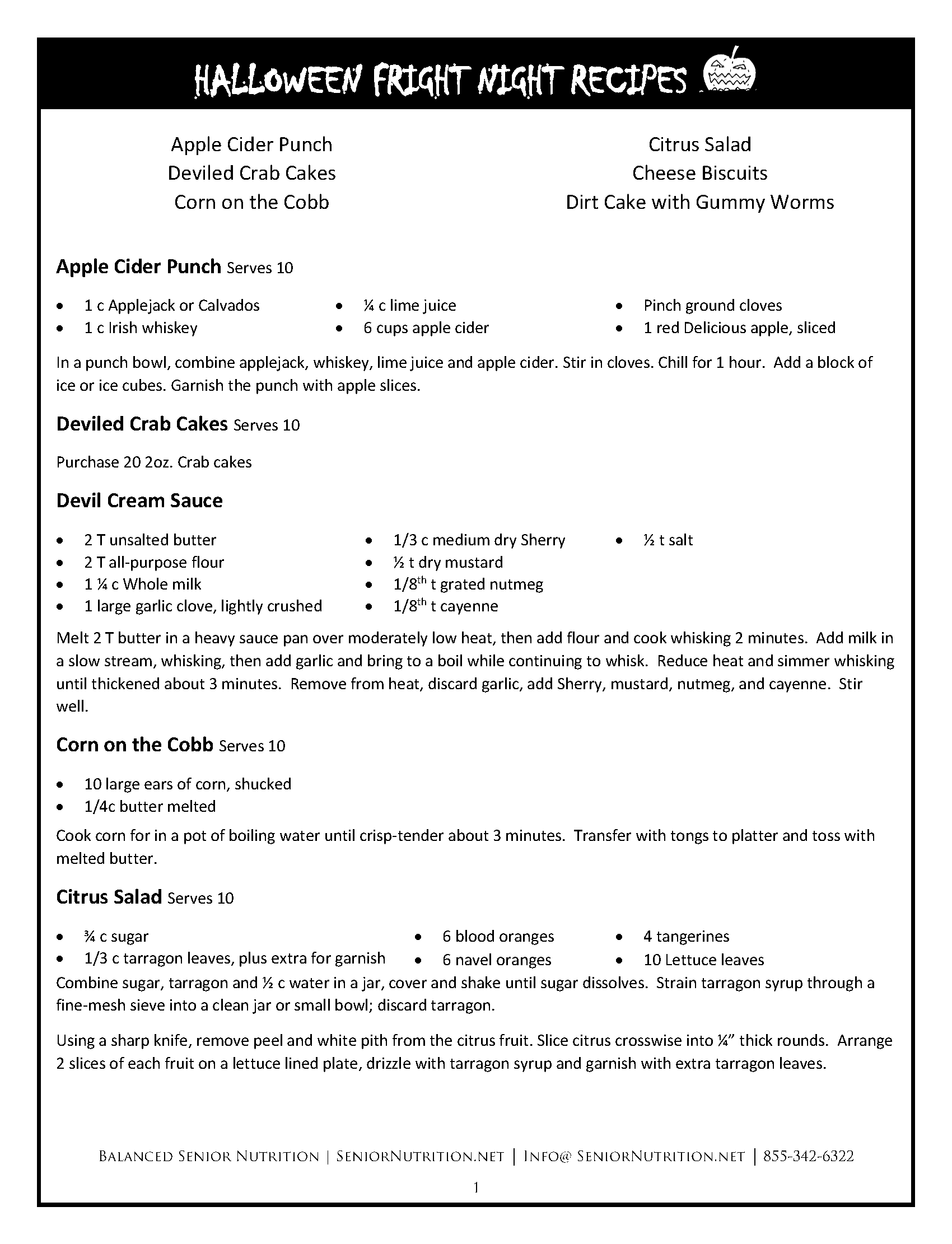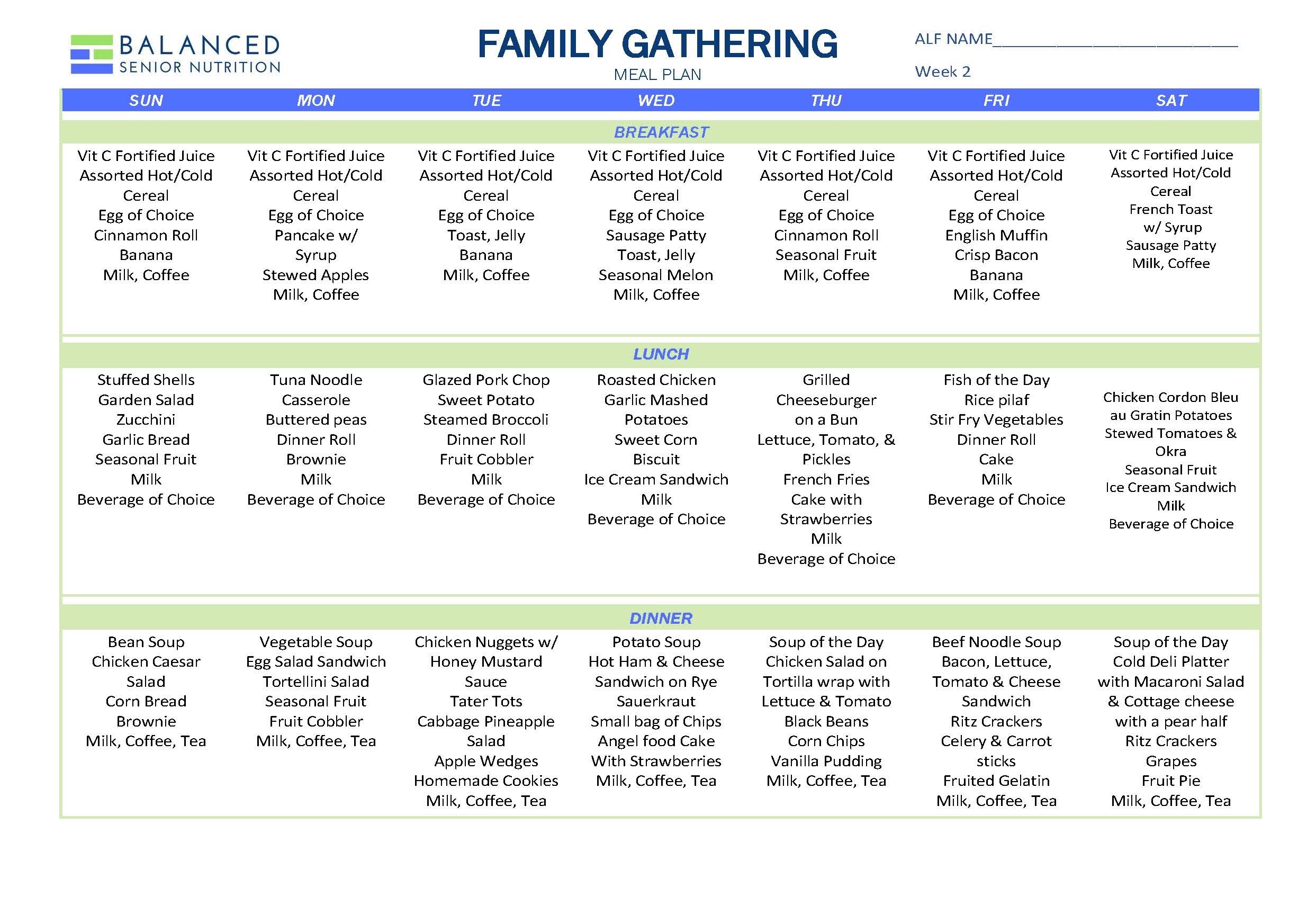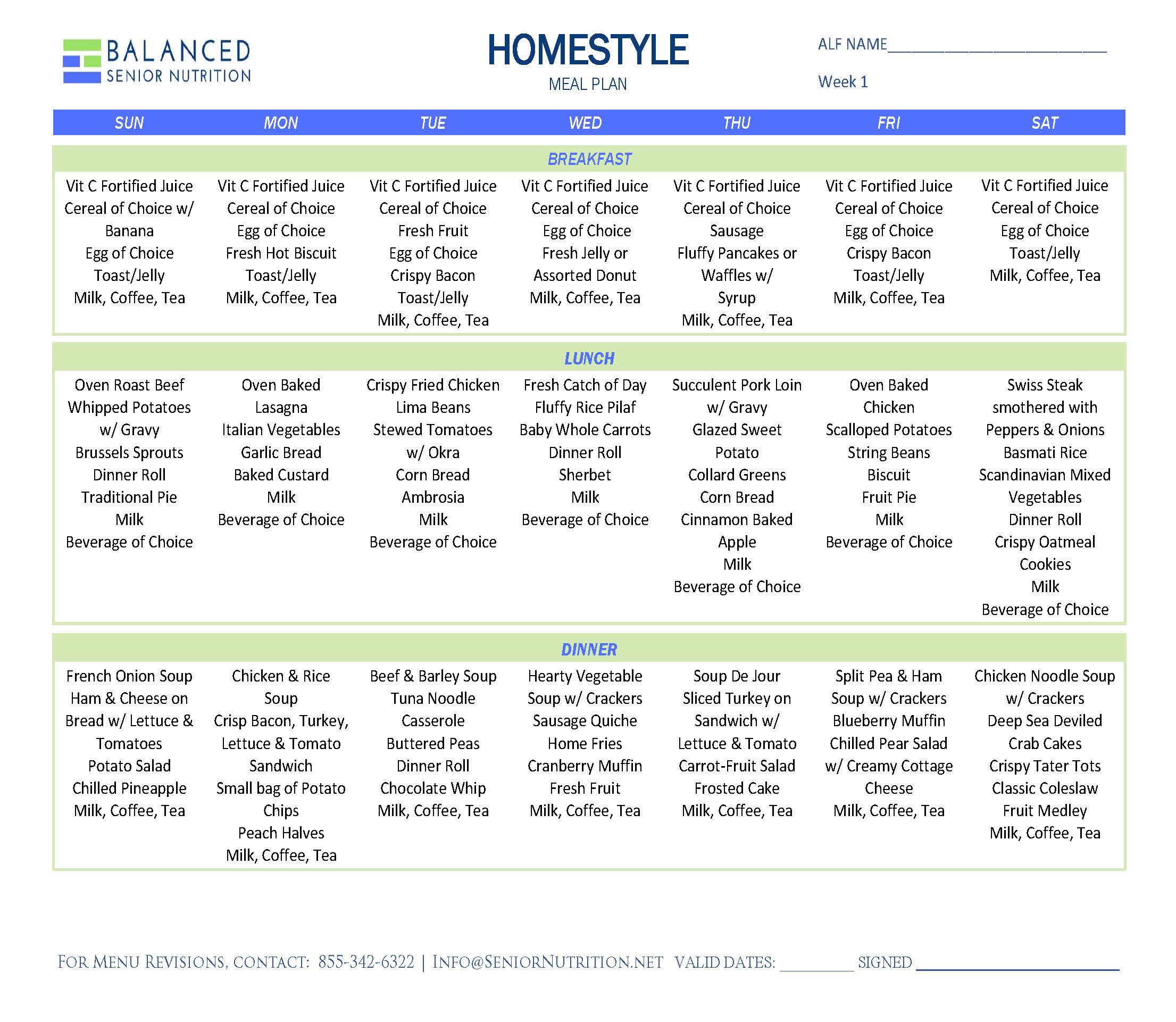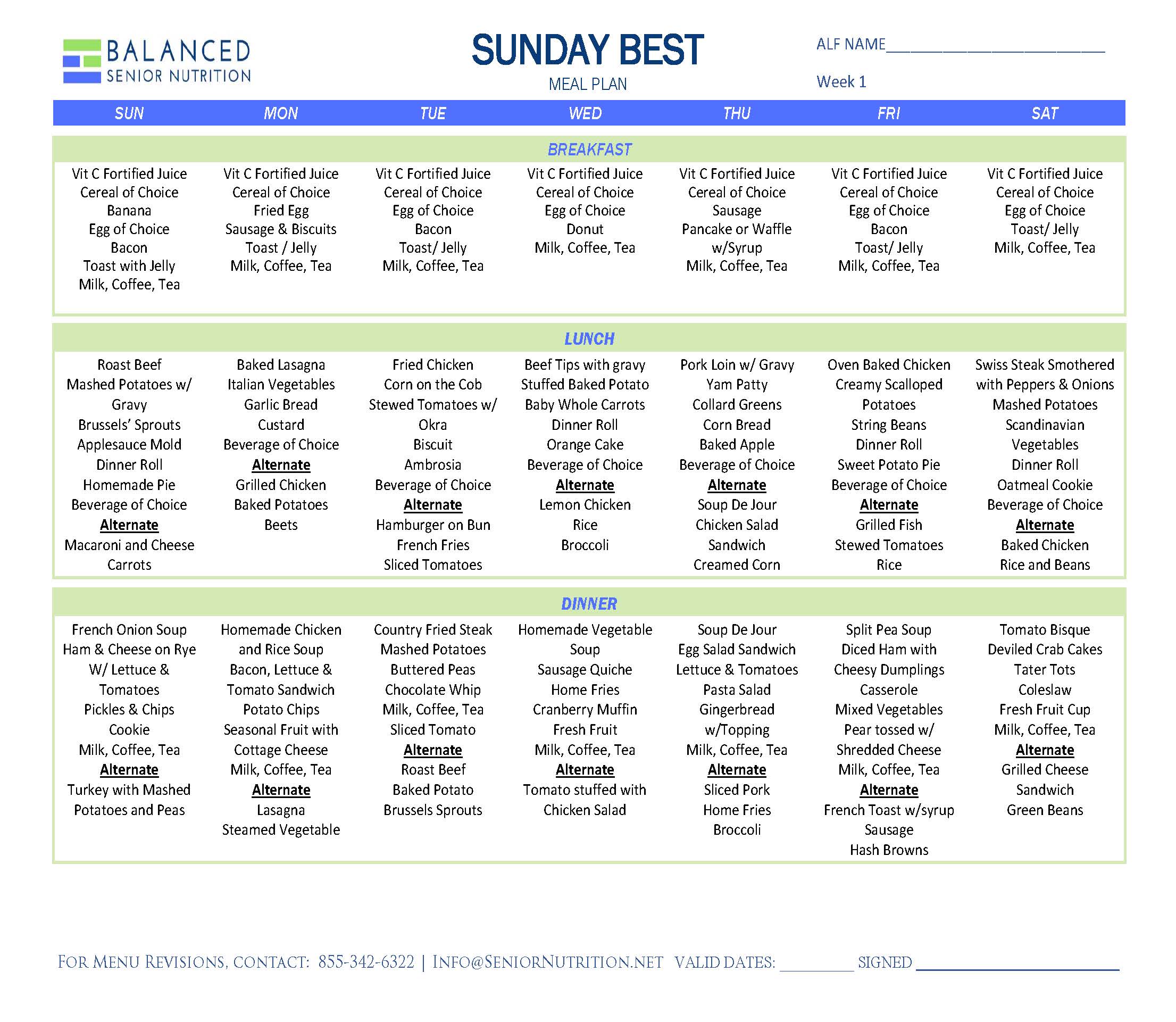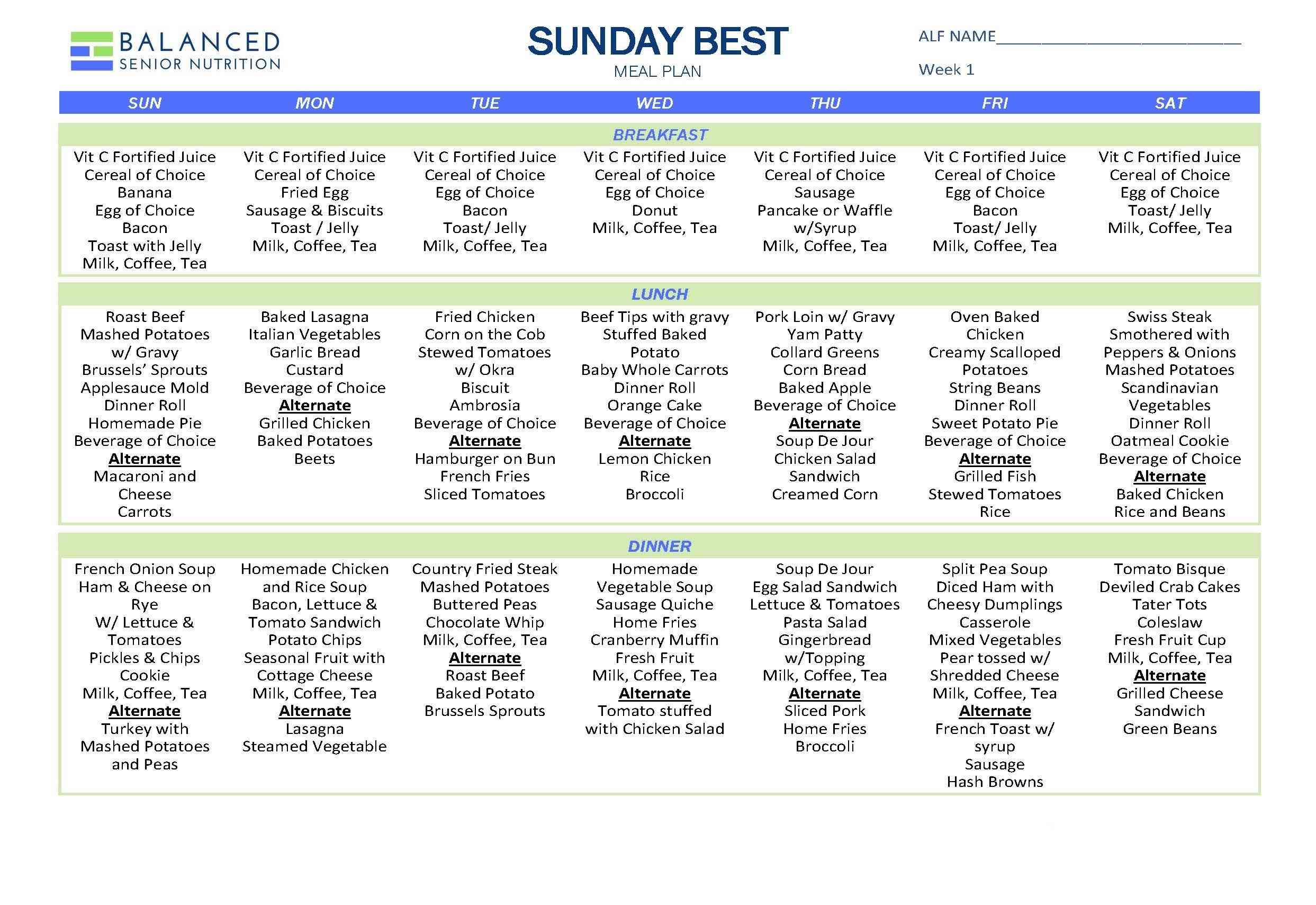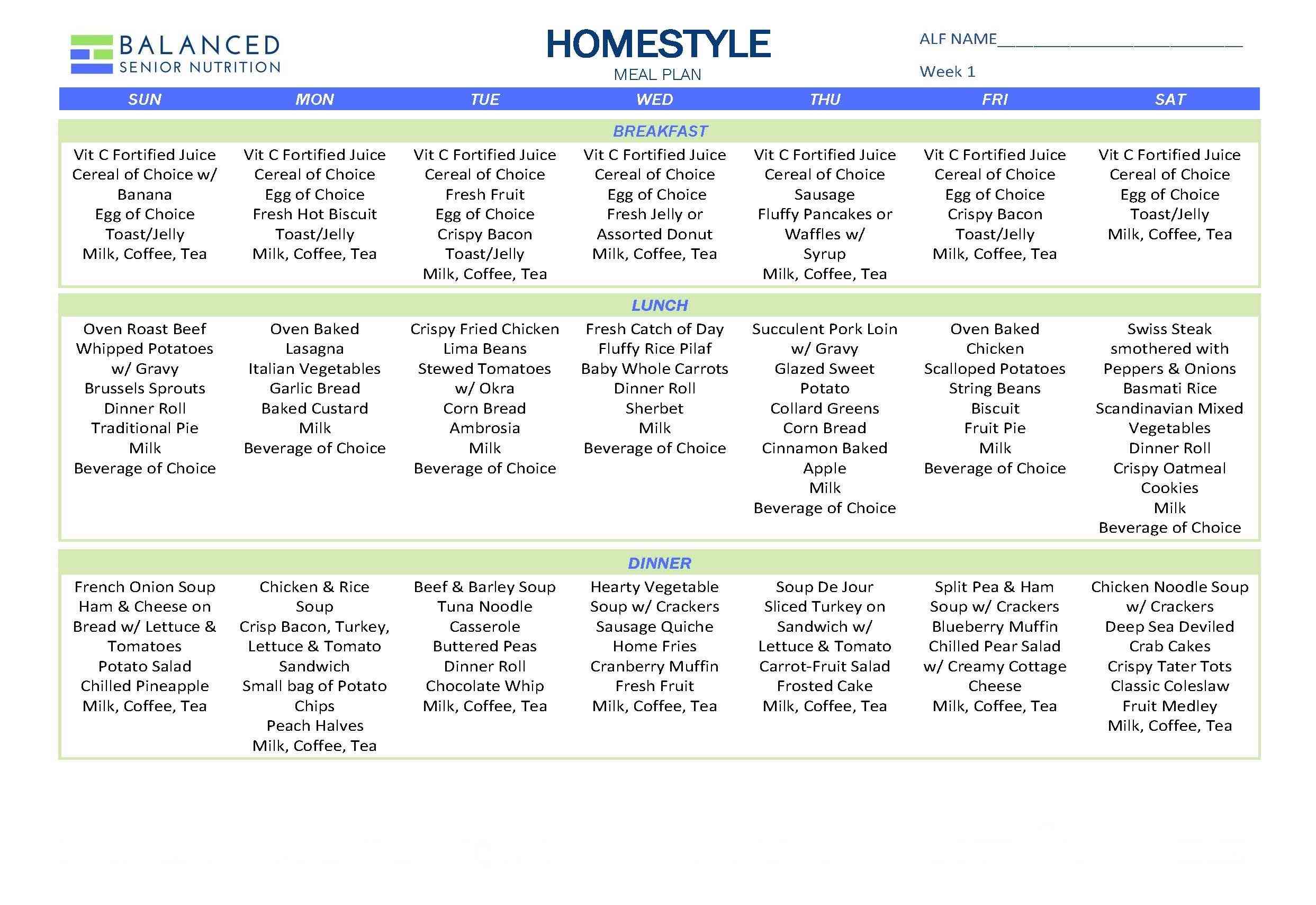
Traditionally, most residents who receive dialysis treatment are routinely placed on a fluid restriction. Fluid restrictions are also employed for other medical conditions. The medical team must monitor and document fluid intake daily, often at the expense of the resident’s understanding and involvement. The easiest, and most impactful way to resolve this problem is simply through communication.
Staff Commitment to, and Understanding of, the New Dining Standards
When our dietitians started to apply the new standards to the use of fluid restrictions in continuing care communities, they encountered a 100 percent success rate, but only when they did the following:
- Communicated with the Medical Director and nursing staff that not all fluid restrictions are medically necessary;
- Discussed the benefits of liberalizing fluid restrictions for residents living in continuing care environments with the dialysis center dietitian; and
- Explained the risk, benefits and options for fluid restrictions to the person and the family.
By ensuring that everyone understands why the fluid restriction was liberalized, the change can be supported by the resident and family, as well as the medical team. Steps were taken for continued monitoring as well as resident involvement.
Case Example: The Challenge of Fluid Restrictions in Continuing Care Communities
One dietitian at BSN Solutions reviewed each resident on fluid restriction to validate the need for the restriction. Pre-and post-dialysis weights, effectiveness of dialysis treatments, labs and resident preferences were considered, along with a range of options in each case. Some residents were knowledgeable about limiting fluids already and decided just to not have a pitcher or cup of water at their bedside. Fluids were consumed with meals and snacks only. Other residents said it was more important to them to drink fluids between meals, rather than with meals or needed additional education about the role of fluids and their health with respect to dialysis. Many people really did not need to be on a set fluid restriction at all.
Results: The Proof is in the Resident
While this initiative took some extra time for communication and education, the results were positive and immediate. Tools used included education materials, individualized care plans and risk/benefit documentation if decisions made by the resident caused concern. Residents with discontinued fluid restrictions, or with modified approaches to fluid management, continue to be evaluated by the dietitian, in conjunction with the medical staff, as part of monthly high-risk reviews.
The observed benefits of adopting an individualized plan of care with regard to fluid restrictions for the residents were: less time spent by nursing documenting fluid intake, less risk of medical errors, less risk of dehydration and overall happier residents.


